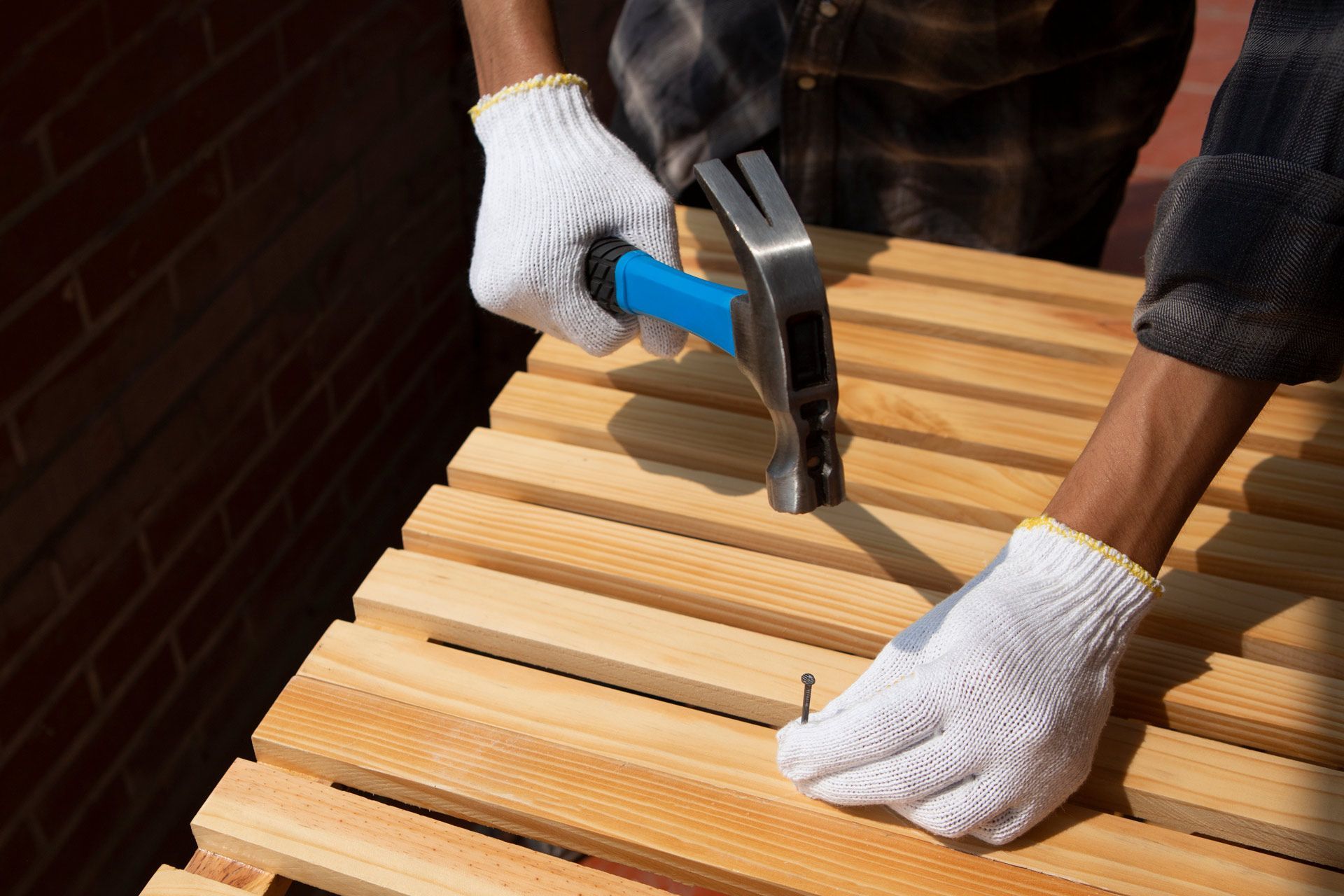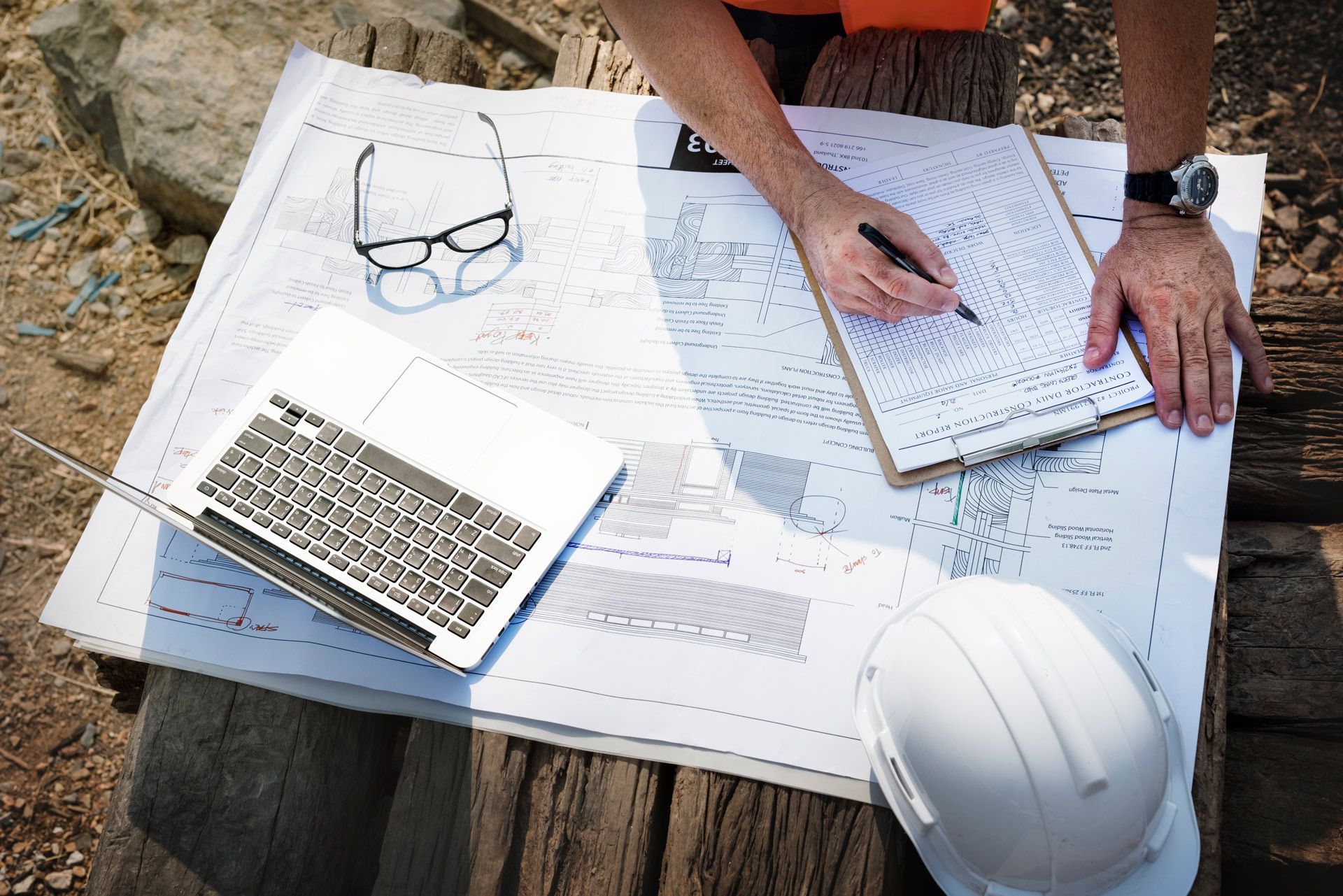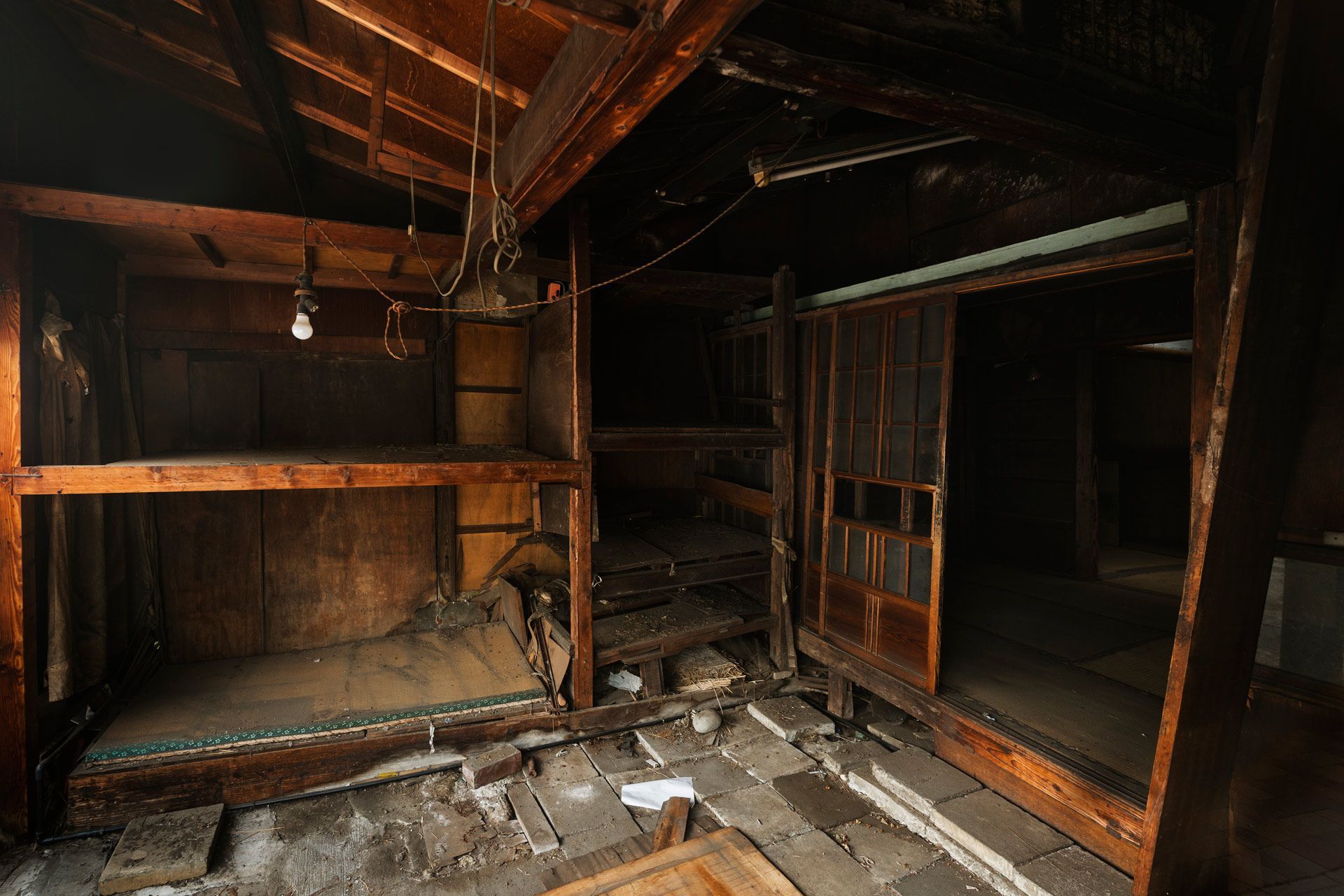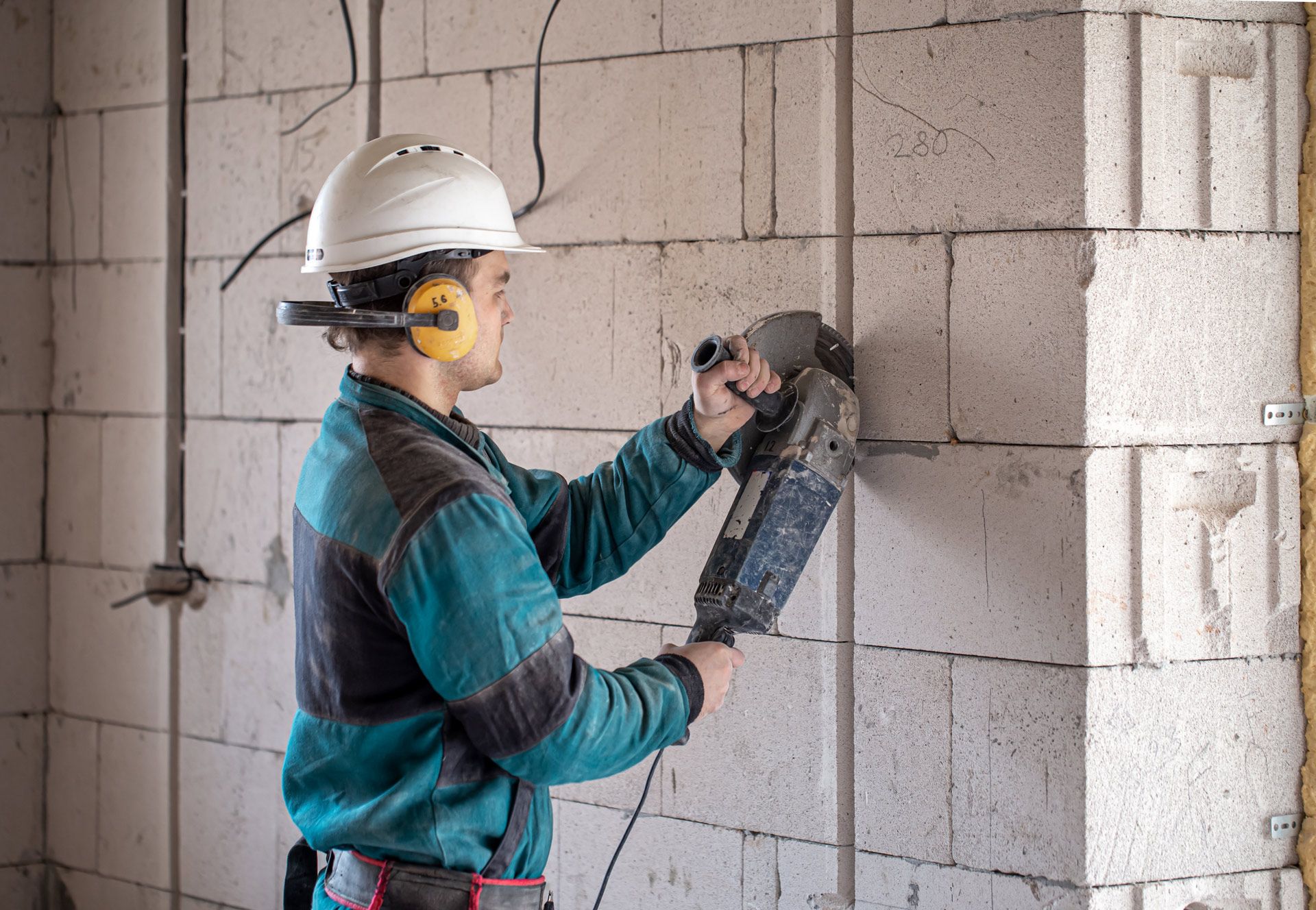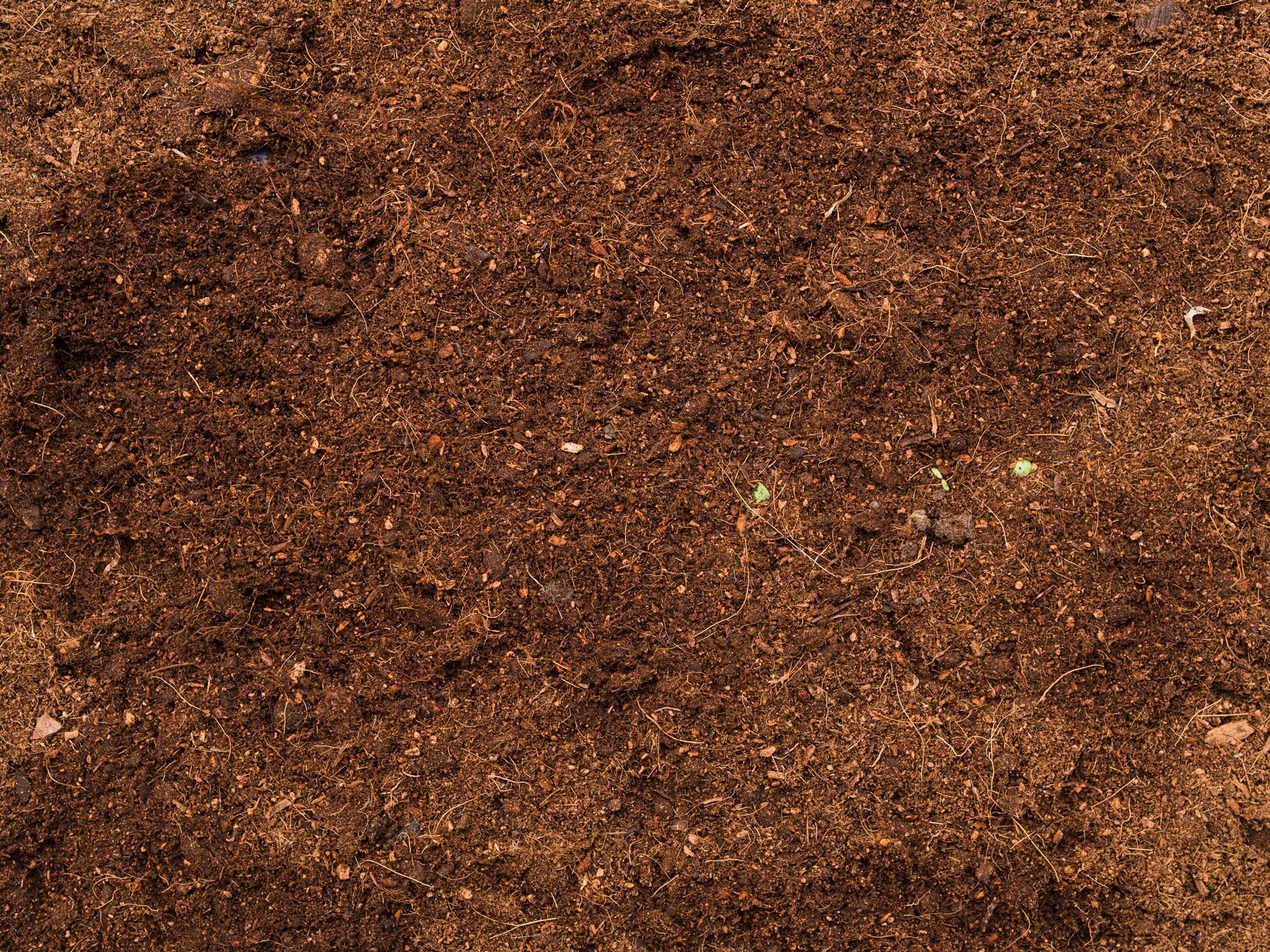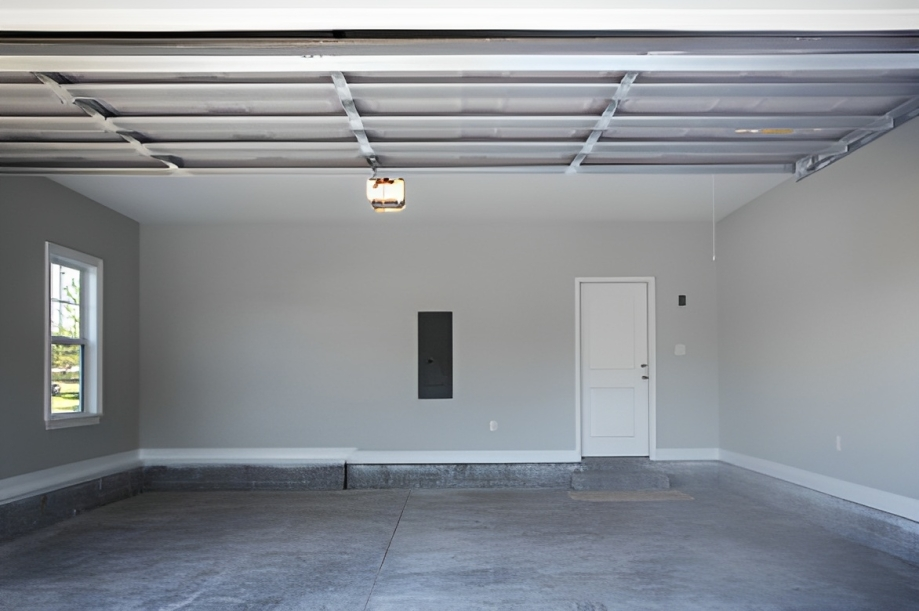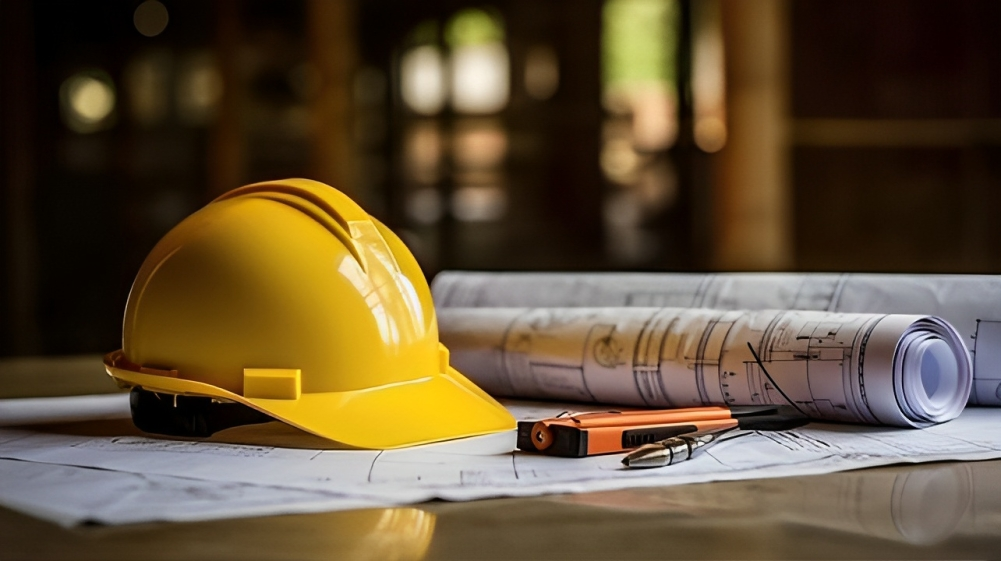
Structural Repairs for Historic Homes: Challenges & Solutions
Old homes have charm and character that new buildings just can't match. The high ceilings, ornate woodwork, and unique architectural details tell stories of the past. But owning a historic home comes with special challenges, especially when it needs structural repairs.
Historic homes often need specialized structural repairs that balance modern safety standards with preserving their original character. These older buildings were built using different techniques and materials than modern homes, which means repair approaches must be carefully chosen to maintain their historic value while ensuring they're safe to live in.
Many homeowners feel overwhelmed when facing structural issues in their historic properties. From sagging floors to cracked foundations, these problems can seem daunting. But with the right knowledge and professional help, you can address these issues while preserving what makes your historic home special.
Understanding Structural Issues in Historic Homes
Common Foundation Problems in Older Houses
Historic homes typically have foundations made of materials rarely used today. Many have stone foundations, brick foundations, or foundations made of earlier forms of concrete. These materials react differently to moisture and ground movement than modern foundations.
Common foundation problems in historic homes include:
- Settlement - when parts of the foundation sink into the soil at different rates
- Rising damp - moisture moving up through foundation materials
- Crumbling mortar between foundation stones or bricks
- Insect damage, particularly from termites in wooden structural elements
These issues often appear gradually over decades but can worsen quickly if not addressed.
Signs of Structural Damage You Shouldn't Ignore
Knowing the warning signs of structural issues can help you catch problems early. Keep an eye out for:
- Doors and windows that stick or won't close properly
- Cracks in plaster walls, particularly diagonal cracks above doorways
- Sloping floors or noticeable dips when walking across rooms
- Separation between walls and ceilings
- Bowing or leaning exterior walls
- Chimney cracks or leaning
If you notice these signs, it's important to have your home evaluated by a professional who specializes in historic structures.
How Age Affects Building Materials
The materials in your historic home have been weathering for decades or even centuries. Wood beams can develop dry rot or insect damage. Old masonry may have crumbling mortar. Early concrete might be cracking or spalling.
Many historic homes also suffer from well-intentioned but harmful modern repairs. Waterproof coatings on old masonry, for example, can trap moisture inside walls and cause more damage. Understanding how historic materials age helps determine the right repair approach.
Essential Structural Repair Solutions
Foundation Repair Methods for Historic Properties
Foundation repairs for historic homes must be handled differently than repairs for newer buildings. Common methods include:
- Repointing foundation masonry - replacing deteriorated mortar with appropriate materials
- Underpinning - adding support beneath existing foundations
- Drainage improvements to direct water away from the foundation
- Sister foundations - adding new structural support alongside the old foundation
The best approach depends on your specific foundation type and the problems it faces. Professionals experienced with historic homes will avoid quick-fix solutions that may damage historical elements.
Addressing Beam and Joist Deterioration
Many historic homes have wooden structural elements that can deteriorate over time. Solutions include:
- Sister joists - attaching new support beams alongside damaged ones
- Partial replacement of damaged sections rather than complete removal
- Epoxy consolidation for limited areas of rot or damage
- Steel reinforcement hidden within wooden elements for added strength
These repairs should maintain the visual character of original wooden beams when they're exposed features.
Wall and Chimney Structural Reinforcement
Historic masonry walls and chimneys often need specialized attention. Common approaches include:
- Traditional repointing using lime-based mortar that allows walls to "breathe"
- Tie rods or plates to stabilize bowing walls
- Crack stitching for masonry wall cracks
- Chimney rebuilding using original bricks where possible
The goal is always to use minimally invasive techniques that preserve as much original material as possible.
Preserving Historical Integrity During Repairs
Balancing Modern Safety with Historical Character
One of the biggest challenges in historic home repair is meeting modern safety standards while preserving historical features. This often requires:
- Creative solutions that hide modern reinforcement
- Case-by-case decisions about what can be preserved and what must be replaced
- Compromise between perfect historical accuracy and structural necessity
Good contractors will find ways to strengthen structures while keeping visible elements authentic to the home's period.
Sourcing Period-Appropriate Materials
When replacement is necessary, finding materials that match the original can be challenging. Resources include:
- Architectural salvage yards for period-appropriate materials
- Specialty manufacturers who create historically accurate replacements
- Custom millwork for wooden elements that can't be salvaged
Using materials similar to the originals isn't just about looks—it ensures the home's structure continues to work as originally designed.
Documentation and Compliance with Historical Guidelines
If your home is in a historic district or on a historic register, repairs may need to:
- Follow specific guidelines for preservation
- Be documented before, during, and after repair
- Receive
approval from historical commissions
Even if not required, documenting your home's original features and any changes helps preserve its history for future owners.
Finding the Right Professionals
Qualifications to Look for in Historic Home Contractors
Not all contractors have the specialized knowledge needed for historic homes. Look for:
- Experience specifically with historic structures
- Knowledge of traditional building techniques
- Membership in preservation organizations
- References from owners of similar historic properties
- Patience and attention to detail
The right contractor will take time to understand your home's unique characteristics before suggesting solutions.
Questions to Ask Before Hiring
When interviewing contractors for your historic home repairs, ask:
- "What similar historic projects have you completed?"
- "How will you preserve original materials?"
- "What traditional techniques do you use?"
- "Do you work with preservation specialists?"
- "How will you document the repair process?"
Their answers will reveal whether they truly understand historic home repair or just claim to.
Working with Preservation Specialists
Complex historic repair projects often benefit from a team approach:
- Preservation architects who understand historical significance
- Structural engineers with historic building experience
- Craftspeople skilled in traditional techniques
- Materials specialists who can match historic materials
This team approach ensures all aspects of preservation and structural safety are addressed properly.
Cost Considerations and Planning
Budgeting for Historic Home Structural Repairs
Historic home repairs typically cost more than repairs to newer homes because:
- They require specialized knowledge and skills
- Materials may need to be custom-made or sourced
- Work often takes longer and requires more attention to detail
- Unexpected issues are common once work begins
A good rule of thumb is to budget an extra 20-30% beyond initial estimates for unforeseen problems.
Available Tax Credits and Grants
Help may be available to offset costs:
- Federal historic preservation tax credits
- State historic preservation incentives
- Local grants for historic preservation
- Low-interest loan programs for historic properties
Research options in your area before starting work, as some programs require approval before repairs begin.
Phased Repair Approaches
Many historic homeowners find it helpful to develop a long-term repair plan that:
- Addresses the most critical structural issues first
- Breaks work into manageable phases
- Allows time to save between projects
- Provides opportunity to
find the right materials for each phase
This approach makes the overall project more affordable while ensuring all necessary work gets done properly.
Conclusion
Owning a historic home means being part of a living history. When structural repairs are needed, taking the time to find the right approach and the right professionals makes all the difference. With proper care, your historic home can stand strong for generations to come, preserving its unique character and charm.
Ready to address the structural challenges in your historic home? Trust the experts who understand both the technical requirements and the historical significance of your property. Structural Works Group specializes in historic home repairs throughout Charlotte, Concord, Gastonia, Mooresville, Shelby and surrounding areas. Their team offers comprehensive services including foundation repair, crawlspace remediation, basement wall repairs, and wood deck inspection—all with an eye toward preserving your home's character. Contact Structural Works Group today for an assessment that respects your historic home's past while securing its future.


